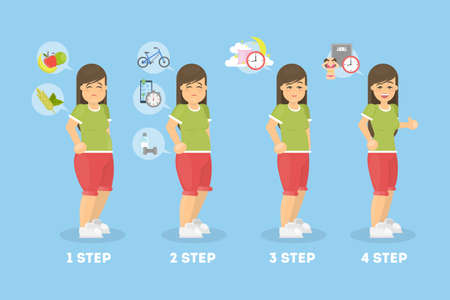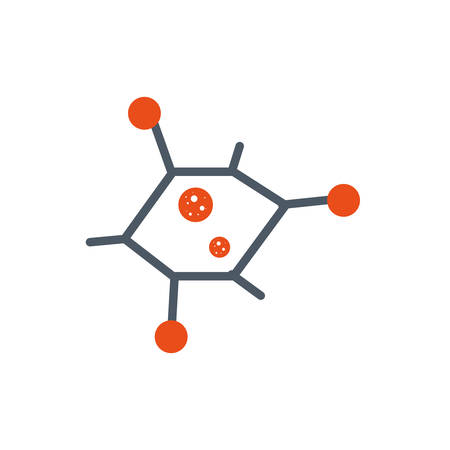Insurance and Private Rehab: What UK Residents Need to Know
Understanding the UK Insurance LandscapeWhen considering private rehab options in the UK, it is essential to first understand the unique insurance landscape that underpins healthcare provision. The National Health Service (NHS) remains the cornerstone of health support for UK residents, offering free at the point of use care funded through general taxation. However, NHS resources…






